
Across the globe, millions of individuals are living with various forms of cancer, one of the most common being Chronic Lymphocytic Leukemia (CLL). As we traverse the complex realms of healthcare and gain more knowledge on this condition, it becomes increasingly significant for both patients and the general public to understand CLL. This article provides an in-depth analysis of CLL, lifting the veil from this serious and oft-misunderstood disease.
Unraveling the Definition: What is Chronic Lymphocytic Leukemia (CLL)?
Chronic Lymphocytic Leukemia, often abbreviated as CLL, is a type of cancer that starts from lymphocytes, a type of white blood cell, in the bone marrow. Over time, these abnormal lymphocytes accumulate in the blood and certain organs, where they can interfere with the function of normal cells. CLL primarily affects older adults and is usually slow-progressing; however, there are more aggressive forms of the disease.
One distinguishing feature of CLL is its gradual progression. In contrast to other forms of Leukemia that require immediate treatment, CLL often allows patients more time before therapeutic intervention is needed.
Understanding the root cause of CLL
Like many cancers, CLL is thought to be driven by a combination of genetic and environmental factors. Alterations in certain genes, such as TP53 and ATM, can predispose an individual to CLL. Additionally, environmental elements such as exposure to certain chemicals or radiation may also play a role. Despite these associations, the origin of CLL remains a complex medical mystery that continues to be explored by researchers worldwide.
The development of CLL follows a multistep process that involves the gradual accumulation of abnormal lymphocytes. Over time, these cells can crowd out healthy cells in the bone marrow and other organs, leading to the signs and symptoms characteristic of CLL.
Identifying the Symptoms of Chronic Lymphocytic Leukemia
Although symptoms of CLL can vary, common signs include fatigue, fever, weight loss, and swollen lymph nodes. In some cases, individuals can live for years without any symptoms, making CLL a challenging condition to diagnose early.
Some of these signs, like minor fatigue or unintended weight loss, can be easily overlooked or attributed to general illness. Hence, raising awareness about these often-misunderstood symptoms is crucial in promoting early diagnosis and effective treatment planning.
Diagnosing CLL
Diagnosing CLL often begins with an attentive primary care doctor or specialist who can spot potential signs and symptoms during routine checkups. Blood tests are a primary diagnostic method, but depending on the specific case, imaging techniques and bone marrow tests can also be employed.
Different types of tests facilitate a comprehensive understanding of the disease’s extent and nature, paving the way towards an effective treatment strategy.
Available treatment options for CLL
Treatment for CLL has undergone major advancements in recent years. Traditional chemotherapy and targeted therapies have shown promising results, but there’s a continuous effort to develop more effective treatments with fewer side effects.
Focusing on individual patients, personalized treatment plans are becoming a growing practice in CLL management. These plans consider the patient’s genetics, disease progression, and lifestyle factors, offering a holistic and efficient approach to treatment.
Get to know us better
If you are reading this, you are in the right place – we do not care who you are and what you do, press the button and follow discussions live
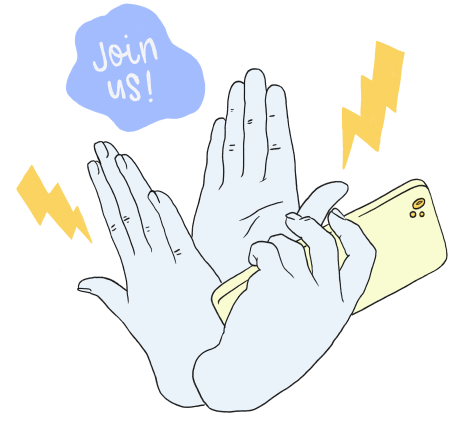
Living with CLL
Living with CLL entails necessary lifestyle changes and adaptations. These may include regular follow-ups with healthcare providers, maintaining a healthy lifestyle, and sometimes, making accommodations for treatment side effects.
Having a supportive community is integral for CLL patients, and numerous support groups exist for this purpose. Rehabilitation practices like physiotherapy and psychological counselling can also play a crucial role in managing CLL’s physical and emotional impact.
Conclusion
Chronic Lymphocytic Leukemia, though common, is a complex disease that calls for comprehensive understanding, early detection, and effective personalized treatment. With advancements in modern healthcare, patients of CLL can look forward to a future with promising new treatment options and a higher quality of life.
Frequently Asked Questions (FAQs)
- What are early signs of Chronic Lymphocytic Leukemia?
Early signs of CLL may include fatigue, fever, weight loss, and swollen lymph nodes.
- Can CLL be cured or only treated?
While there isn’t a known cure for CLL, it can often be controlled for many years with proper treatment.
- What is the average lifespan of someone with CLL?
The life expectancy for someone with CLL varies broadly and can be influenced by the stage of the disease, the patient’s overall health, and the treatment plan.
- Does CLL run in families?
Yes, having a first-degree relative with CLL increases one’s risk of developing the condition.
- Is it safe to interact with CLL patients?
Yes, CLL is not a contagious disease, so direct interaction with patients is considered safe.







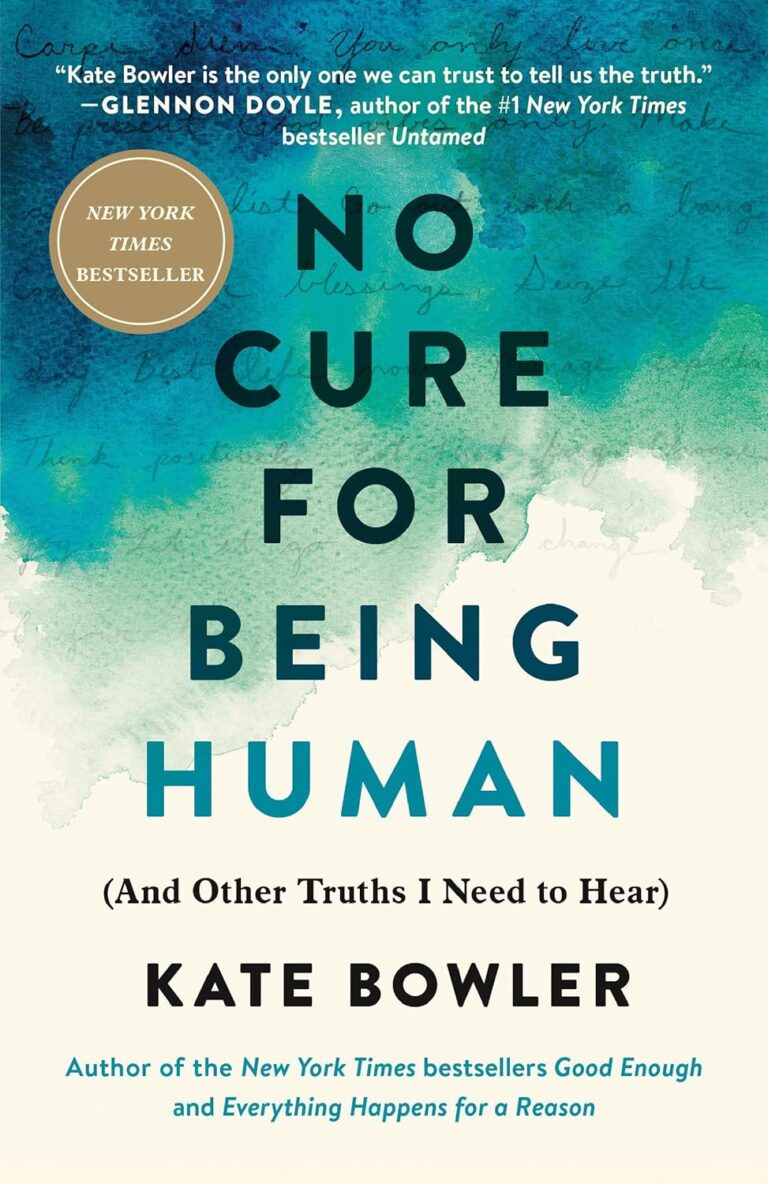
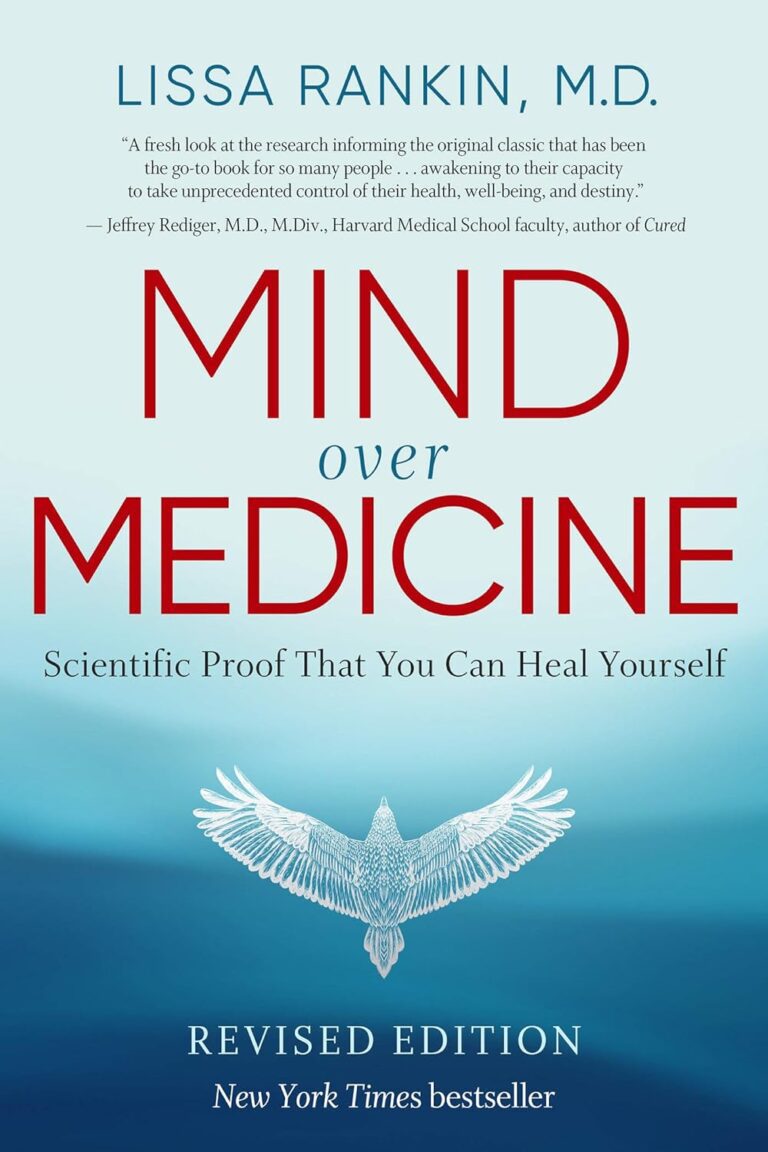
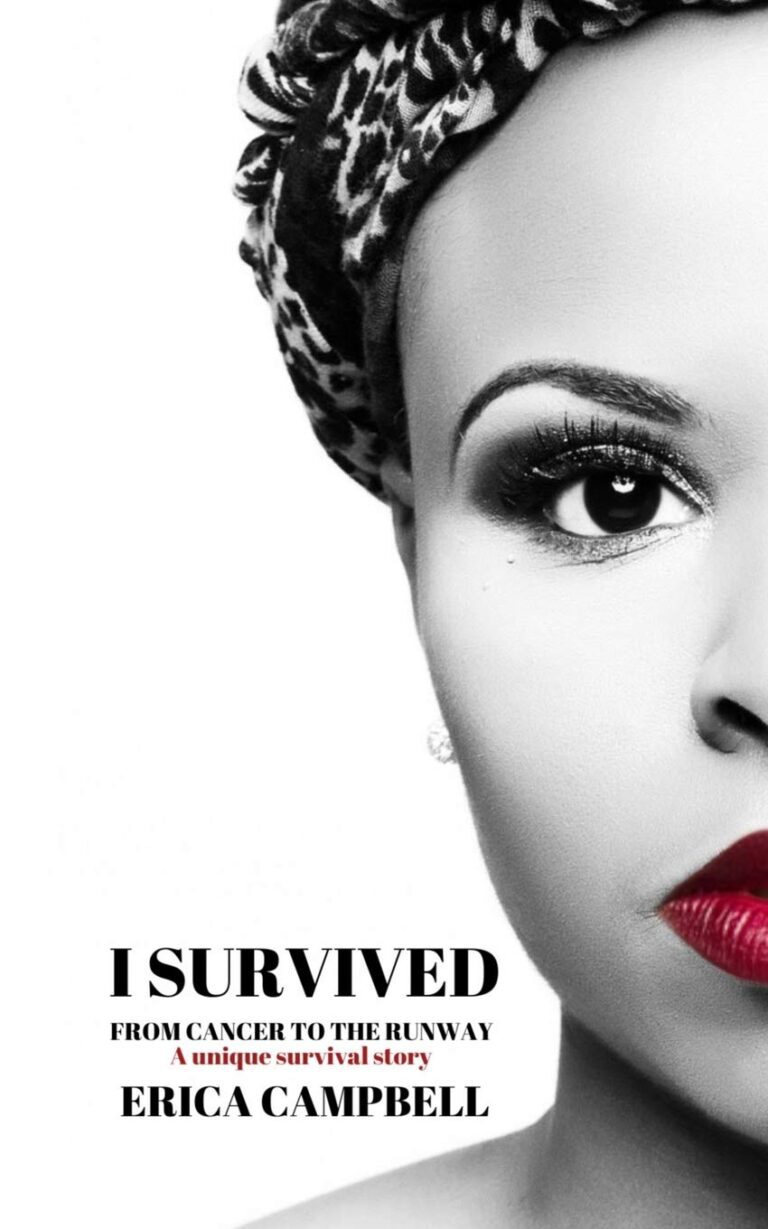
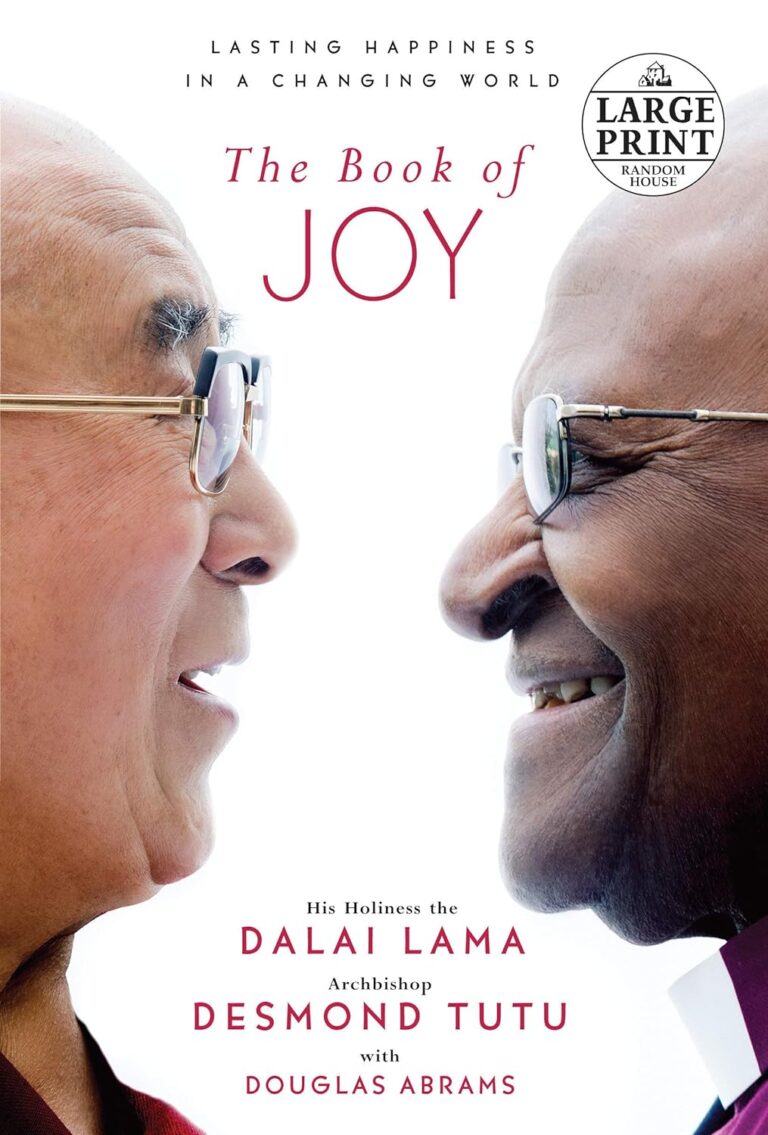
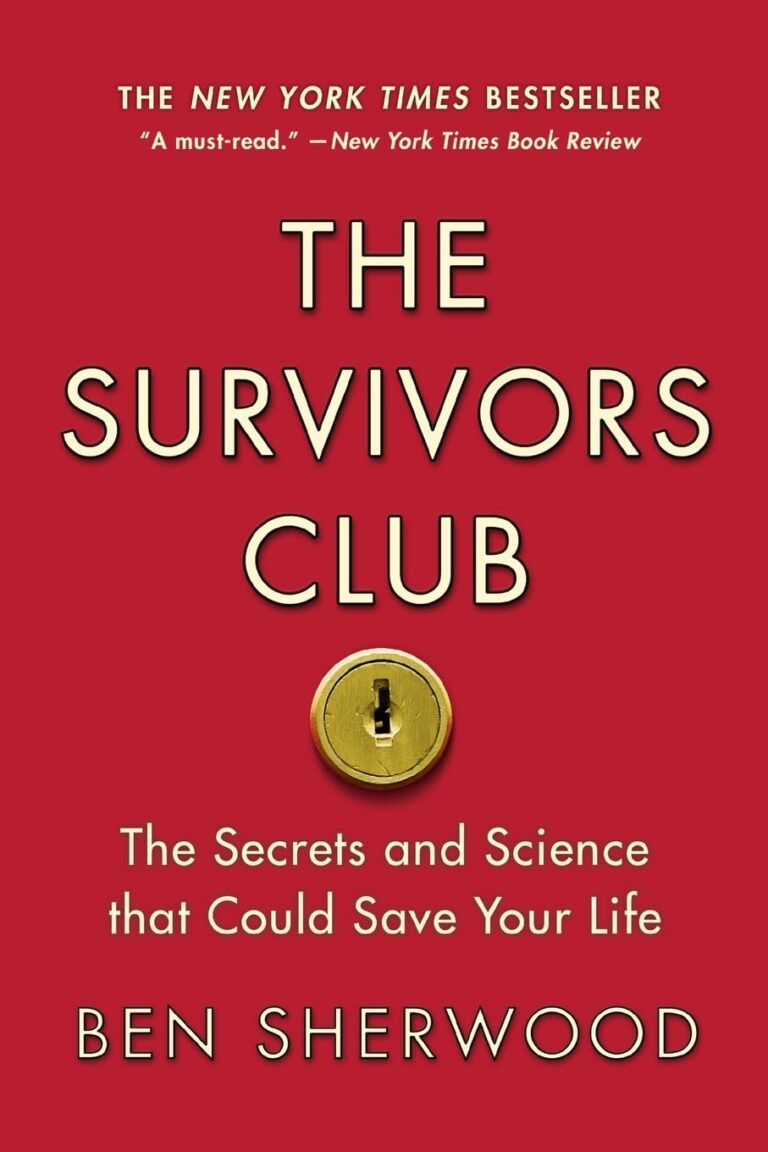


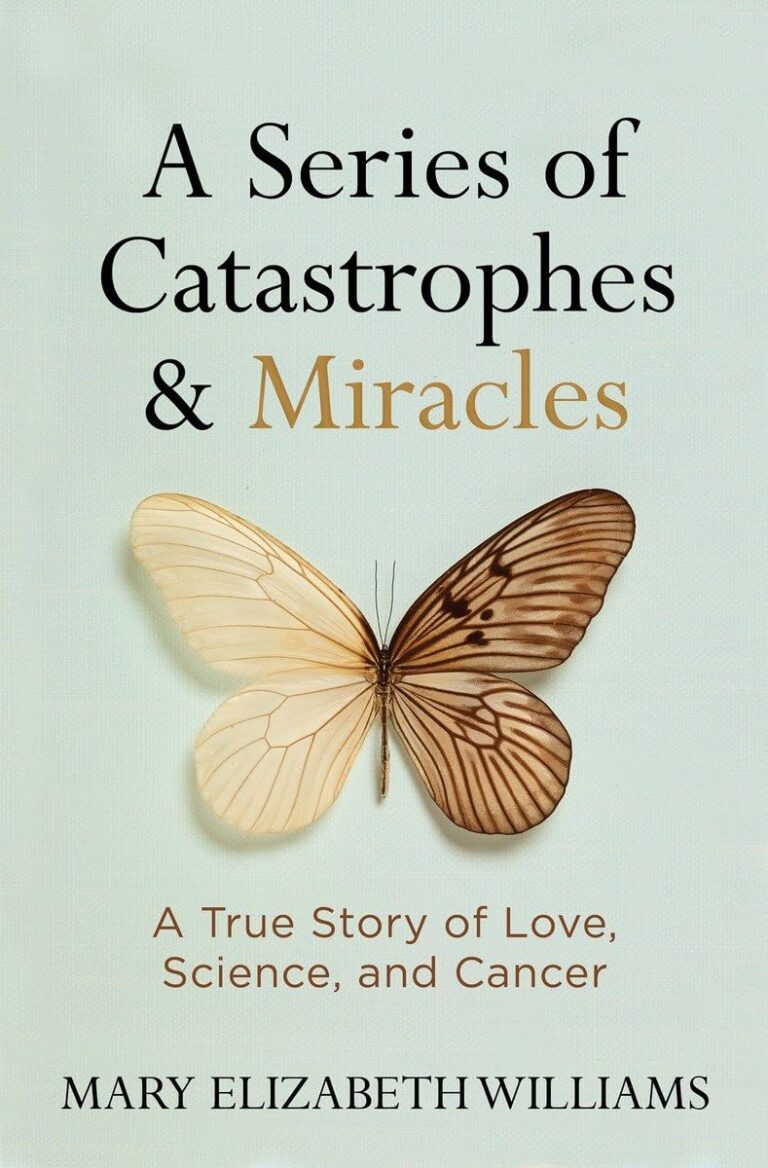
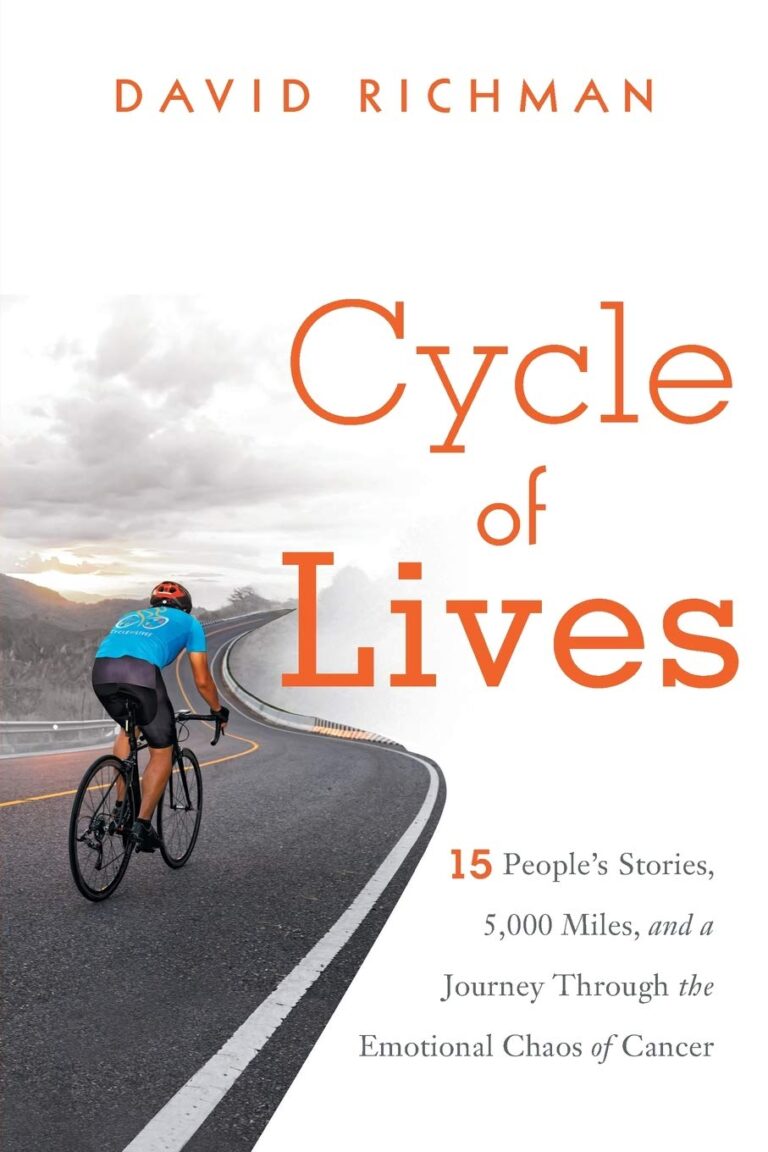
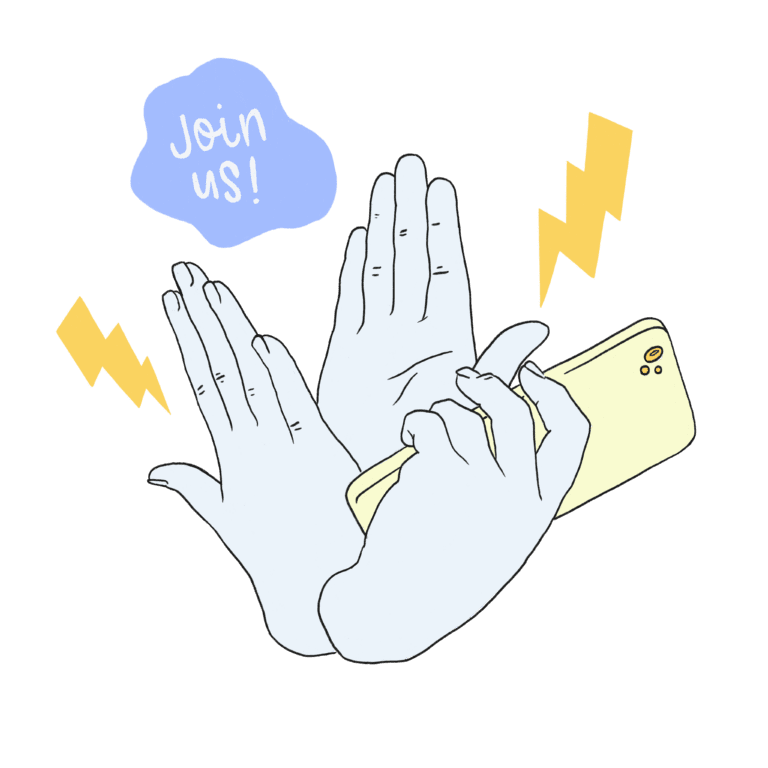
Comments
Thank you. Comment sent for approval.
Something is wrong, try again later